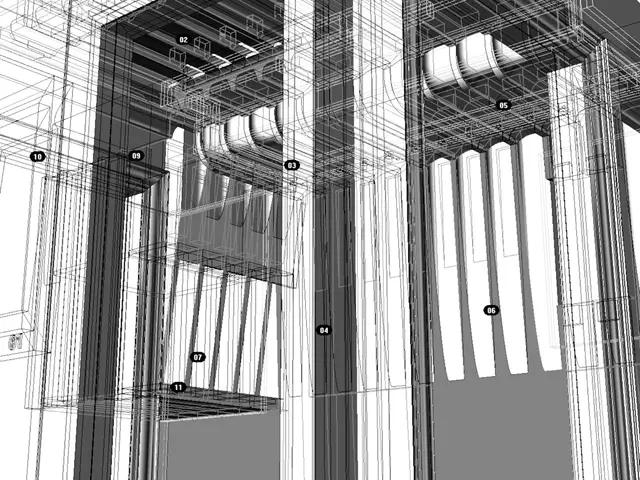U.S. Army Adapts Rotorcraft Combat for Future Conflicts, Learning from Ukraine
The U.S. Army is adapting its rotorcraft combat capabilities for future conflicts, with a focus on maintaining effectiveness against peer nations like China. Key figures like Brig. Gen. David Phillips and Maj. Gen. Clair Gill have shared insights from the Russia-Ukraine conflict to guide these changes.
The Army is fast-tracking long-range unmanned systems to provide standoff capability against modern air defenses. Brig. Gen. Phillip C. Baker highlights the importance of detailed mission planning and data integration through the Next Generation Command and Control (NGC2) program for understanding the enemy before missions.
Maj. Gen. Lori Robinson emphasizes the need for soldiers maintaining aircraft on the ground to be aware of aerial threats, particularly from drone warfare. Brig. Gen. David Phillips notes that the new Bell MV-75 Valor tiltrotor program incorporates lessons learned from the Ukraine conflict. However, Maj. Gen. Clair Gill warns against drawing wrong conclusions and overcorrecting for the U.S. Army's unique needs.
The U.S. Army's adaptation of future rotorcraft combat aims to enhance capabilities without compromising effectiveness against peer nations. By learning from the Russia-Ukraine conflict, integrating advanced technologies, and maintaining a focus on unique operational needs, the Army seeks to retain its edge in coordination and night operations.
Read also:
- American teenagers taking up farming roles previously filled by immigrants, a concept revisited from 1965's labor market shift.
- Weekly affairs in the German Federal Parliament (Bundestag)
- Landslide claims seven lives, injures six individuals while they work to restore a water channel in the northern region of Pakistan
- Escalating conflict in Sudan has prompted the United Nations to announce a critical gender crisis, highlighting the disproportionate impact of the ongoing violence on women and girls.








